Posts About Uncategorized

Seeking Volunteers for Historic Bird Data Entry
With the help of many volunteers, we’ve digitized thousands of pages of historic spring bird records. And now, we are nearly finished entering over 125 years of bird records, mobilizing them for science and conservation. We need your help to reach the finish line! We are seeking a few volunteers to help us online to digitize daily bird records collected by Guy Waterman in East Corinth from 1974 to 1998. And, you can do this from the comfort of your own home!

Second Season a Success for the Vermont Butterfly Atlas
In 2024 we had 90 observers report 96 butterfly species in 1,973 complete checklists comprising 7,590 butterfly occurrence records to e-Butterfly.org, our official atlas data portal. Overall, we now have over 3,800 checklists comprising more than 14,000 butterfly occurrence records!
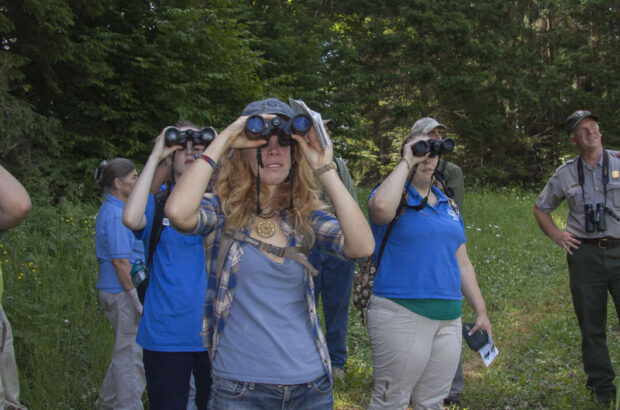
A New eBird Vermont Website has Hatched
Many of you might have noticed that the eBird Vermont website has been refreshed and improved. We have worked with eBird central and other regional eBird networks over the past year to create this new design and tools.

VAL Awarded SciSTARTer Boost Prize
Last week, Kent McFarland, director of VAL, was recognized on behalf of the team’s work with a 2022 SciSTARter Boost Award. Ten individuals received this inaugural award for their outstanding work with community science.
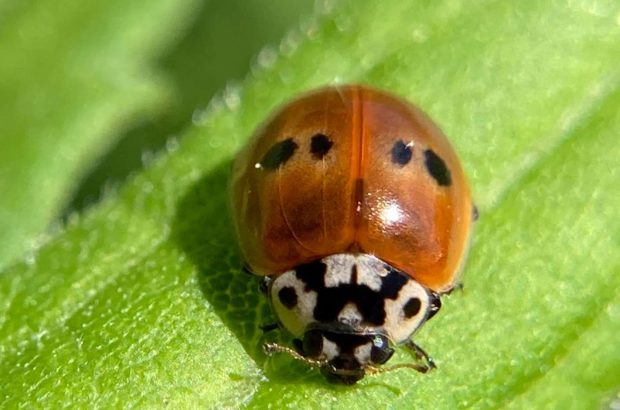
After 25 years, Two-spotted Lady Beetle is Rediscovered in Vermont
The Two-spotted lady Beetle was feared to be extinct in Vermont, until the Vermont Atlas of Life rallied biologists and community scientists to help find them. Against all odds, several Two-spotted Lady Beetles were found and photographed after a 25 year hiatus.

VAL Recognizes the Crucial Support of Community Scientists during National Volunteer Week
National Volunteer Week is April 17-23 and the Vermont Atlas of Life honors the work of all the volunteers that have helped us monitor biodiversity. Thank you so much for joining our efforts and celebrating biodiversity!
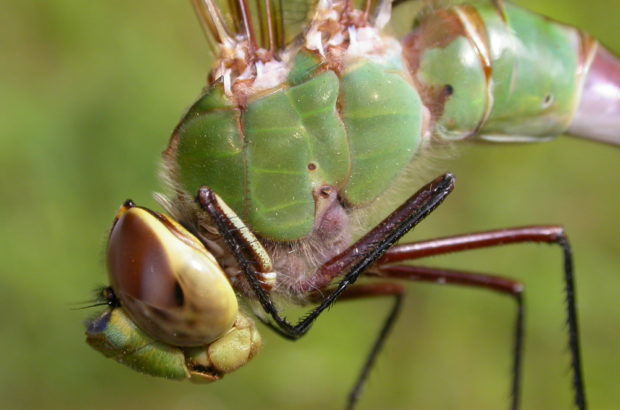
Darner Flight Watch
The Common Green Darner (Anax junius) is a charismatic, migratory dragonfly species that is known for traveling long distances (over 650 km) during its short time as an adult (approximately 7 weeks). Read more about this dazzling dragonfly and our upcoming Darner Flight Watch project, with the goal of better understanding how climate change may influence Common Green Darner phenology and migration patterns.
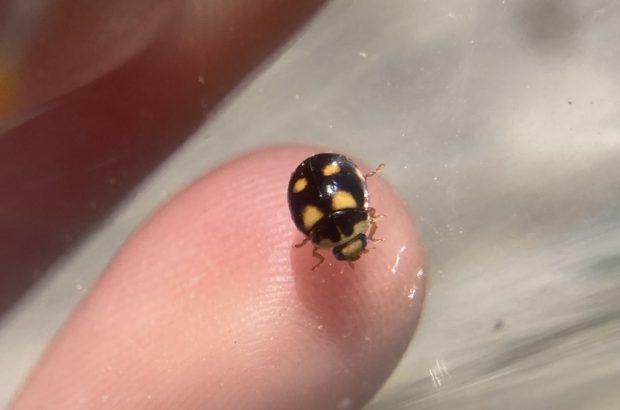
Vermont Lady Beetle BioBlitz
Last week over 60 volunteers searched from backyards to mountaintops as part of the weeklong Vermont Lady Beetle BioBlitz to help find and photograph as many of these charming beetles as possible.
Big Biodiversity Data Now at Your Fingertips
The Vermont Center for Ecostudies launched an ambitious online project that allows anyone at a computer to explore vast amounts of data on biodiversity across the Green Mountain State. Now released as a beta version, the Vermont Atlas of Life Data Explorer is the newest implementation of the Living Atlas platform, powerful software first developed in Australia and now being implemented by countries around the globe.
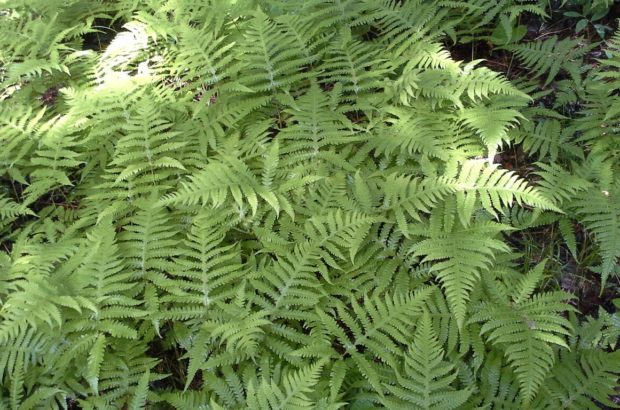
Tall Beech Fern (Phegopteris excelsior): Newly discovered fern species in Vermont
Tall Beech Fern (Phegopteris excelsior) was recently described as a new species. Tall Beech Fern was originally thought to be a hybrid of Long Beech Fern (P. connectilis) and Broad Beech Fern (P. hexagonoptera). Further analysis proved that Tall Beech Fern is of hybrid descent, but not from a hybridization event between Long and Broad Beech Ferns. Given the number of differences between Tall Beech Fern and the species it is most closely related to—Long Beech Fern—Tall Beech Fern was described as a new species.






